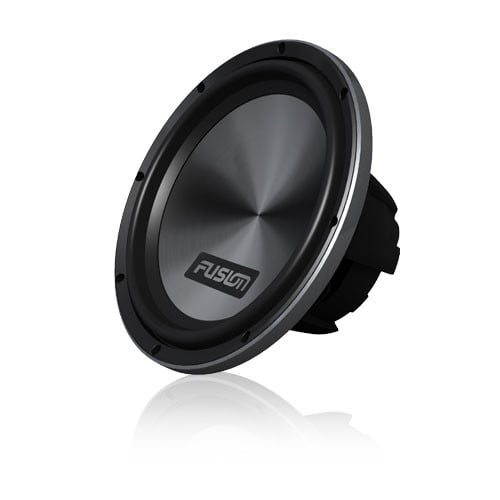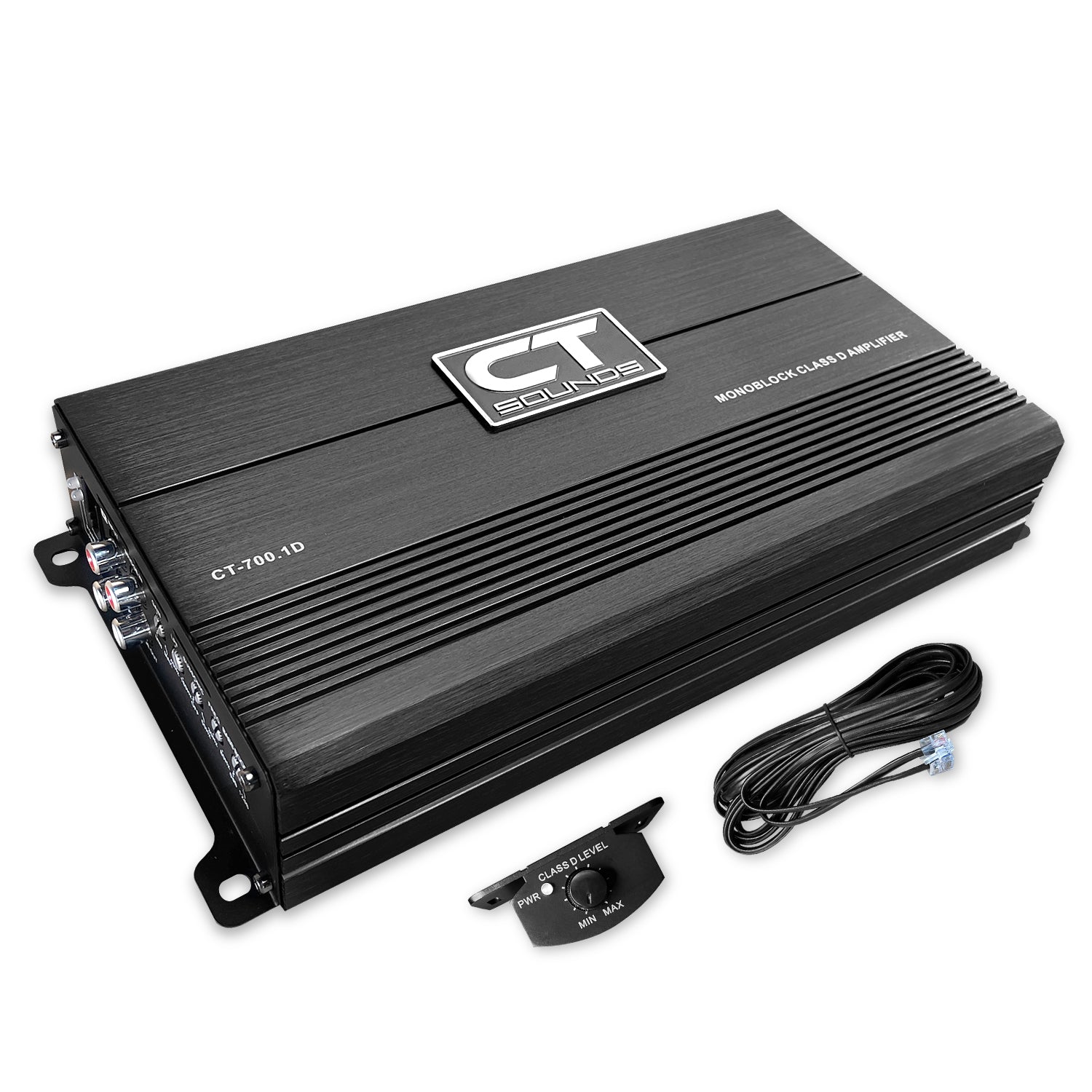jdawson8155
CarAudio.com Newbie
Hey I just got a Fusion PF-SW120D2 12" Dual 2 Ohm Voice Coil Subwoofer which is 400w Rated Power and 1600w peak power. Im not to sure on how big of an amp i will need to power the subwoofer any help would be good cheers.

Fusion PF-SW120D2 12” Dual 2 Ohm Voice Coil Subwoofer
The Performance subwoofer range delivers massive bass performance.
 frankiesautoelectrics.com.au
frankiesautoelectrics.com.au

Fusion PF-SW120D2 12” Dual 2 Ohm Voice Coil Subwoofer
The Performance subwoofer range delivers massive bass performance.
Last edited:




